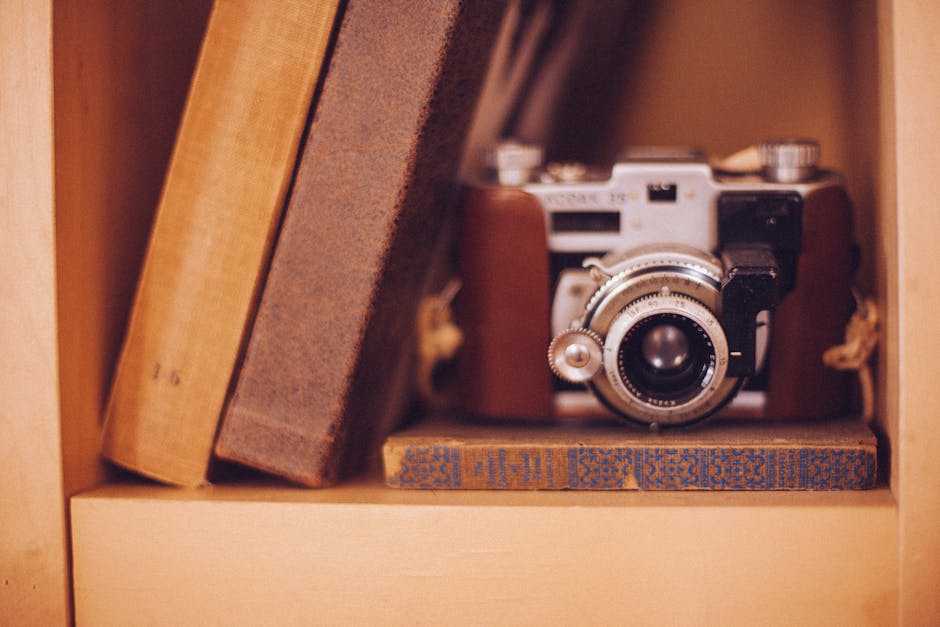SLR (single-lens reflex) digital cameras have become an indispensable tool for photographers of all skill levels. With their superior image quality, versatility, and intuitive handling, they offer a wide range of possibilities for capturing breathtaking images. If you're new to SLR digital photography or looking to enhance your skills, this guide will provide you with essential tips and techniques to maximize your camera's potential.
**Understanding SLR Cameras**
At the heart of an SLR camera is a mirror that reflects light from the lens up to a viewfinder, allowing you to see the scene through the same lens that will take the picture. This live preview system ensures accurate framing and focusing, especially in situations with limited visibility.
**Choosing the Right Lenses**
Lenses are interchangeable, enabling you to customize your camera for different shooting scenarios. Wide-angle lenses are ideal for capturing expansive landscapes and group shots, while telephoto lenses bring distant subjects closer. Prime lenses, with a fixed focal length, offer superior image quality and low light performance, while zoom lenses provide flexibility in framing.
**Aperture Control**
Aperture is the opening in the lens that controls the amount of light entering the camera. A large aperture (low f-number, e.g., f/2.8) blurs the background, creating a shallow depth of field for portraits and isolating subjects. A small aperture (high f-number, e.g., f/16) increases depth of field, keeping more of the scene in focus, suitable for landscapes and group shots.
**Shutter Speed Control**
Shutter speed determines the duration of exposure to light. A fast shutter speed (e.g., 1/500 second) freezes motion, capturing sharp images of fast-moving subjects. A slow shutter speed (e.g., 1/30 second) can create motion blur, adding a sense of movement to waterfalls or flowing water.
**ISO Sensitivity**
ISO measures the camera's sensitivity to light. A higher ISO allows you to shoot in low-light conditions without using a flash, but it can introduce noise into the image. Adjust the ISO according to the available light, aiming for the lowest possible value that still yields acceptable image quality.
**Composition Techniques**
Composition refers to the arrangement of elements within the frame. Use the rule of thirds, placing focal points along the gridlines, to create balanced and engaging images. Leading lines can draw the viewer's eye into the scene, while negative space can add emphasis and depth.
**Exposure Control**
Exposure refers to the balance between aperture, shutter speed, and ISO. Proper exposure ensures that the image is neither too bright nor too dark. Use the camera's built-in light meter or experiment manually to achieve optimal exposure.
**Additional Tips**
* Use a tripod for stability in low-light or telephoto shooting.
* Clean your lenses regularly to prevent dust and smudges.
* Experiment with different shooting modes, such as aperture priority or manual mode, to gain control over exposure settings.
* Practice regularly and take advantage of online tutorials to improve your photography skills.
* Don't hesitate to ask for guidance from experienced photographers or join photography forums.
By mastering these tips and techniques, you'll unlock the full potential of your SLR digital camera and elevate your photography to new heights. Remember, the key to becoming a better photographer is to experiment, observe, and refine your skills through continuous practice.

